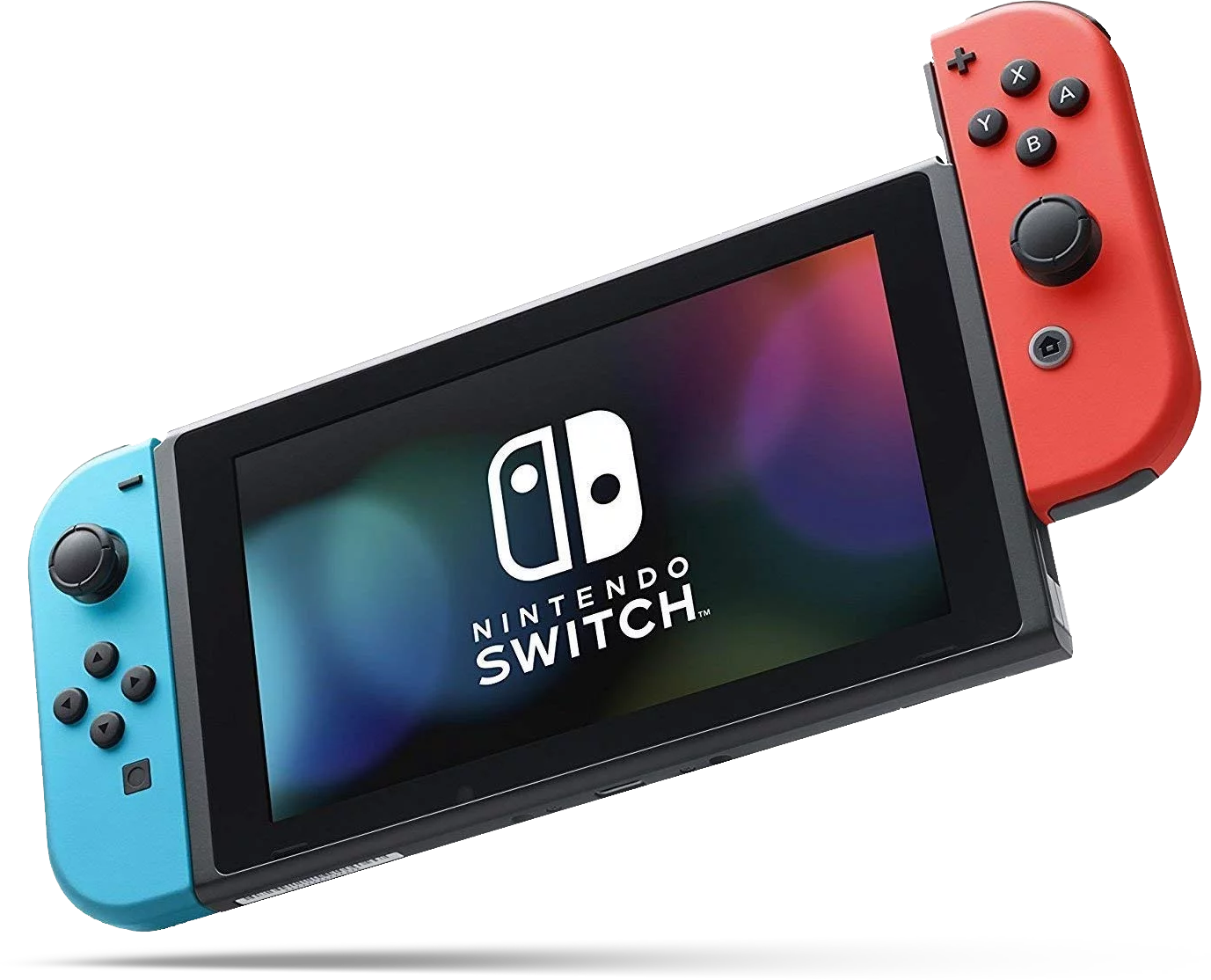Super Smash Bros. Ultimate: Every game mode explained
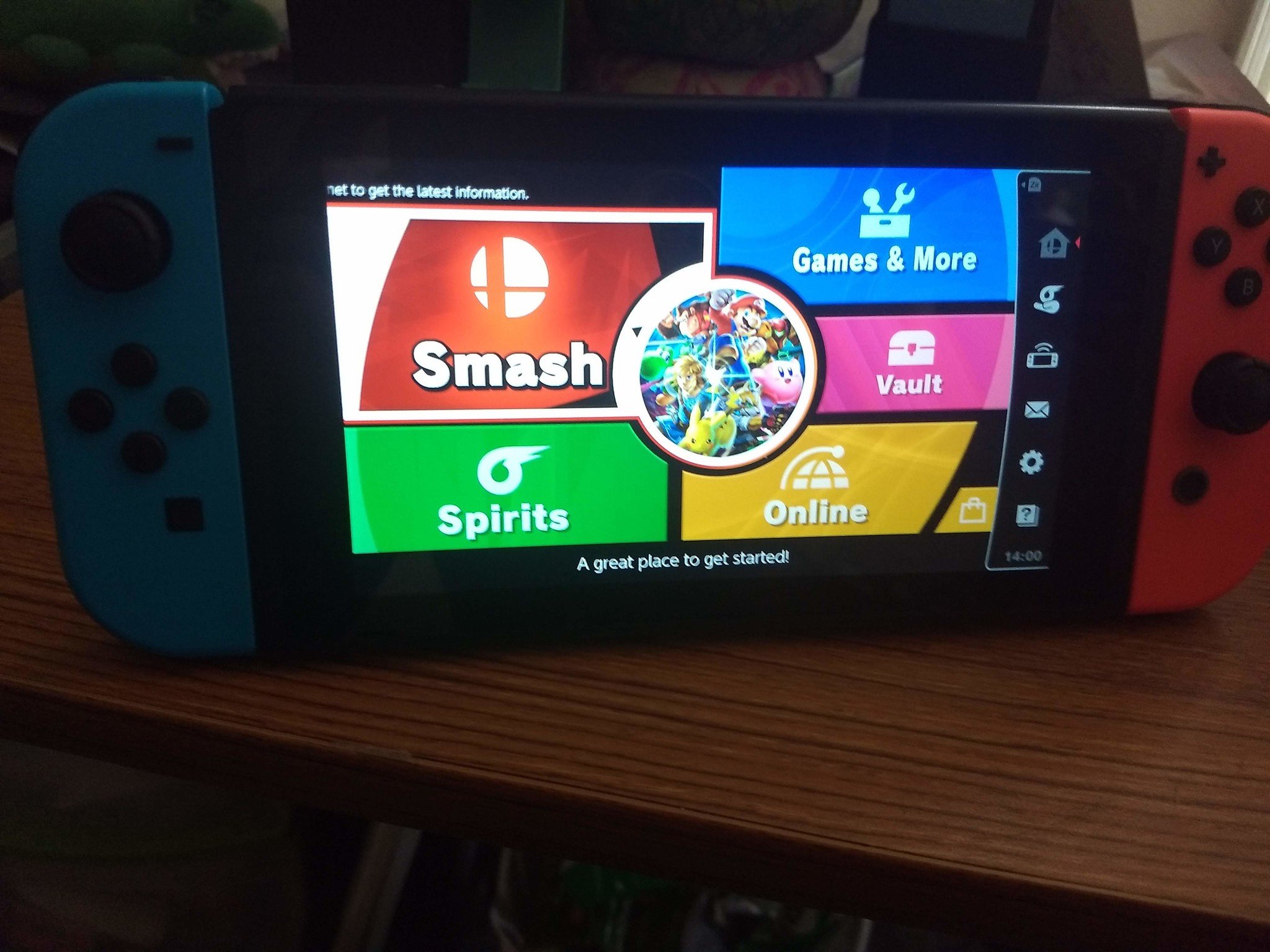
Super Smash Bros. Ultimate released to a lot of hype and fanfare, and we're still just barely scraping the surface of everything that's available in the game. After all, this Smash game features every fighter that's been in previous games, along with a handful of new characters, over 100 stages to battle on, a 20+ hour story adventure mode, a variety of other game modes, and the ultimate Nintendo soundtrack.
It may be a little daunting, and perhaps you don't even know where to begin aside from the standard Smash mode with your friends or against the CPU. Don't worry, we're here to help! Here's what to expect in every game mode in Super Smash Bros. Ultimate.
- Smash
- Squad Strike
- Tourney
- Special Smash
- Classic Mode
- Training
- Mob Smash
- Adventure Mode (World of Light)
- Spirit Board
Smash
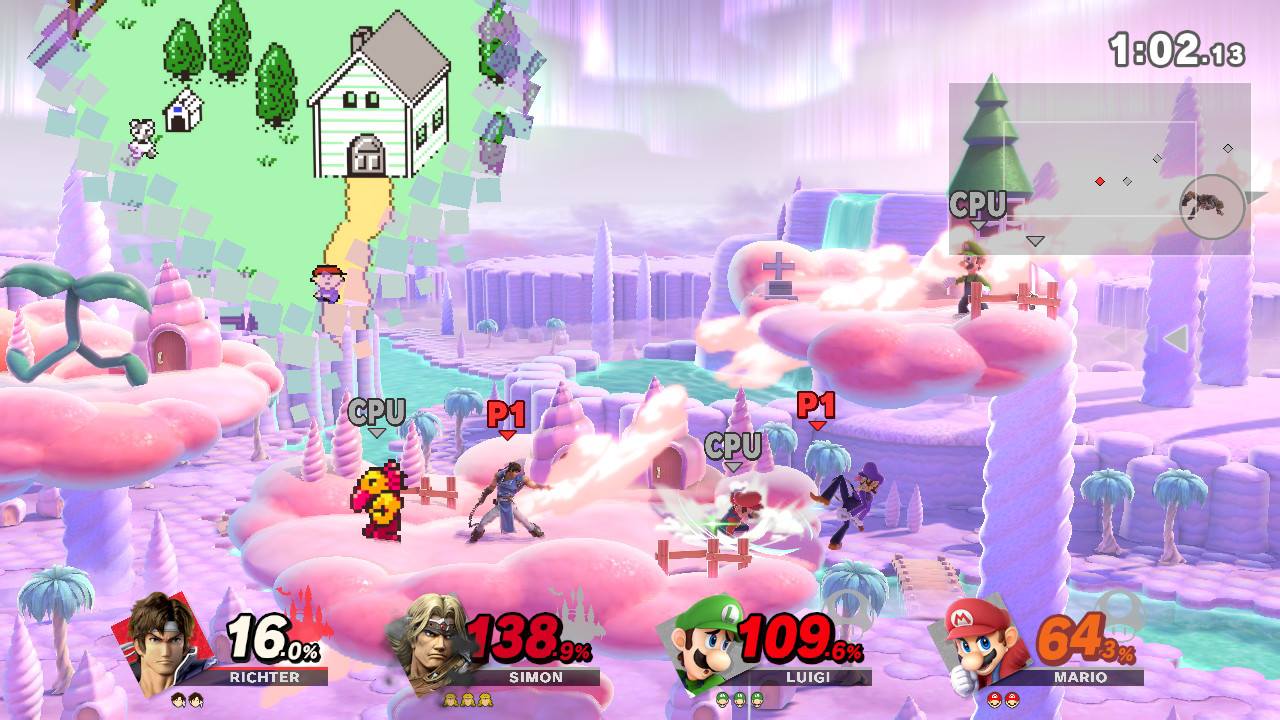
This is the classic Smash mode that you play with friends or against the CPU. You can create separate rulesets for each kind of match you want to play for quick access every time. These battles can be either timed (get the most KOs to win) or stock (survive as long as you can). Players can also toggle items, Final Smash meters, and other settings. Up to eight fighters can Smash it up in this mode.
Squad Strike

Squad Strike features battles of either 3v3 or 5v5 (teams of three or five). There are three ways to play: Tag Team, Elimination, and Best Of.
Tag Team is just using your fighters to take out the other team before they do the same to you. You'll stick with your first fighter until they're defeated, then you move on to the next fighter in your lineup. When the opposing fighter is defeated, the next one jumps in. This mode only has one battle and its pretty straightforward.
Elimination is similar to Tag Team, except once a fighter is defeated, a new stage is picked out before taking on the next fighter.
Best Of has all of your fighters going up against the opponent in the designated order (you pick before the battles start), and whoever wins three out of five battles is the victor.
iMore offers spot-on advice and guidance from our team of experts, with decades of Apple device experience to lean on. Learn more with iMore!
Tourney
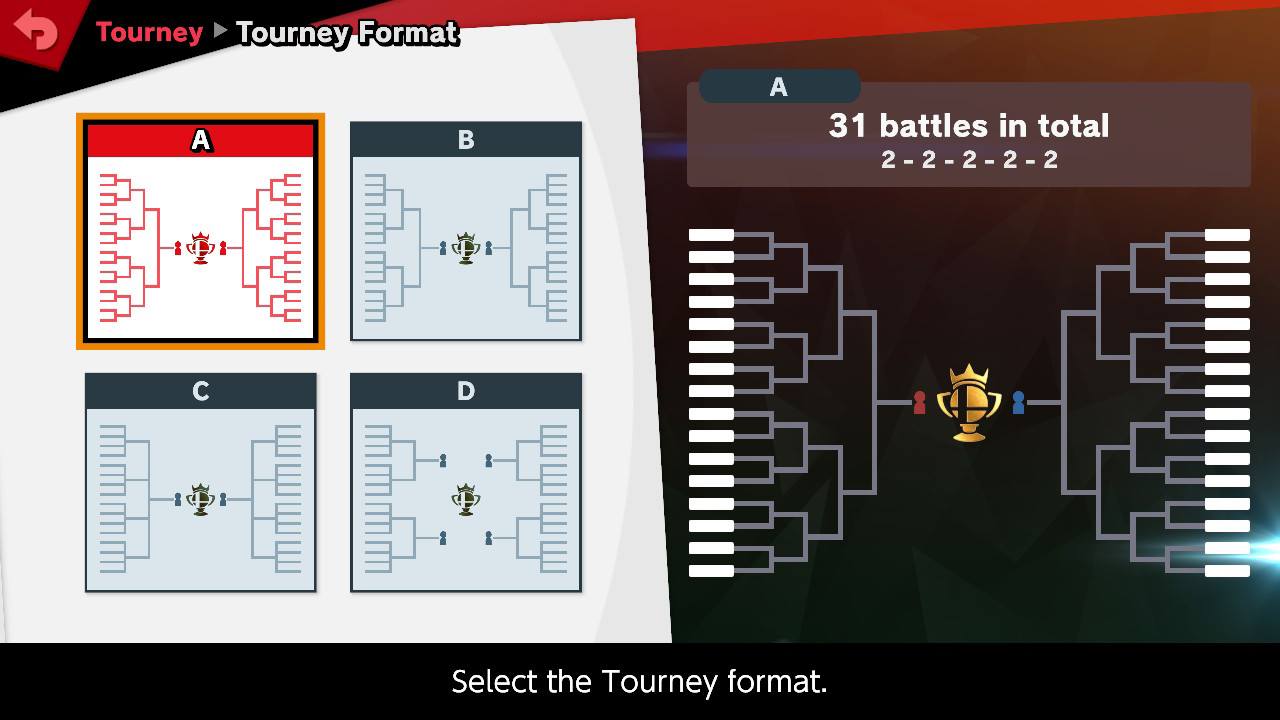
The Tourney mode allows you to set up tournaments with up to 32 players, and CPUs can also be thrown into the mix. There are also four different bracket types to pick from, so you can spice things up with the format.
The tournaments can be further customized with your own ruleset if desired, or you can go with the default ones of Time Limit 2 minutes 30 seconds or 3 stock. Participants go through a series of battles, then there's a semifinal and the finals. Only one can emerge victorious for glory!
Special Smash
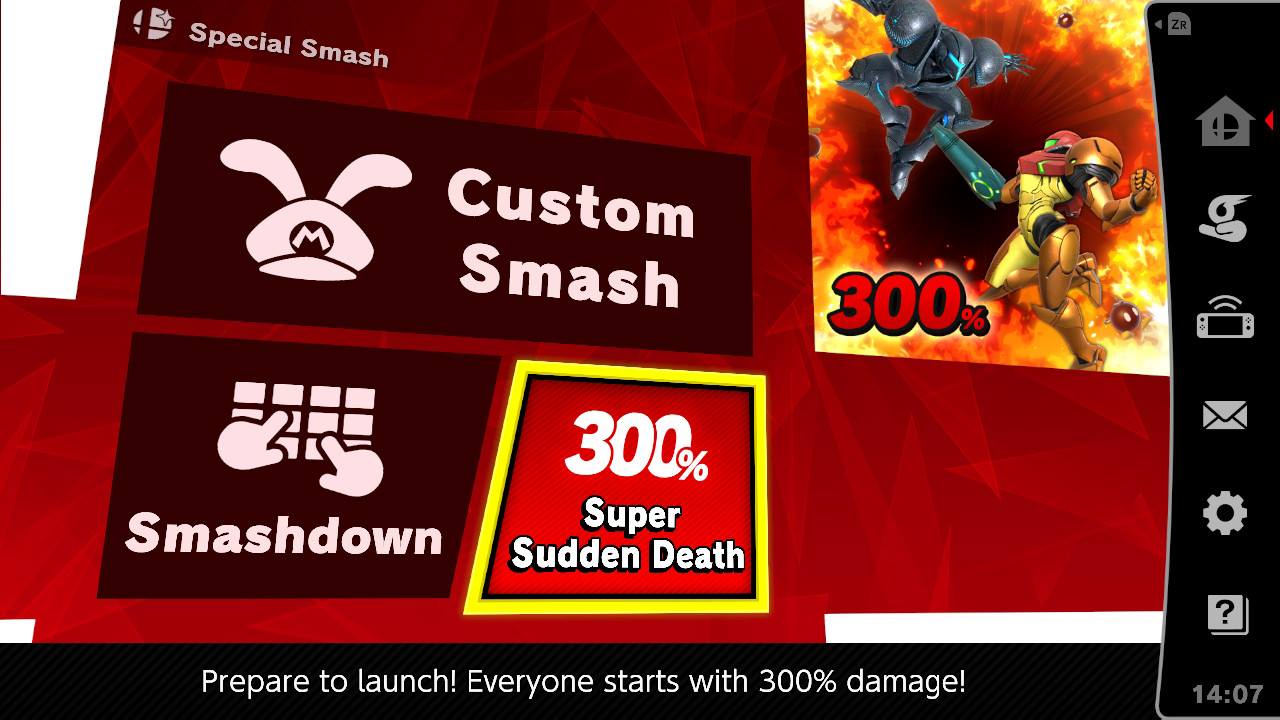
The Special Smash section has three options: Custom Smash, Smashdown, and 300 percent Super Sudden Death.
Custom Smash is where you go if you want to make some quirky battles. This involves adjustments to size (Mega or Mini), head modifiers (Flower or Bunny), body (Metal, Clear, Tail, Rocket Belt, Screw Attack, or Back Shield), status (Curry or Reflect), weight, speed, and camera. All of these modifiers add even more craziness to your standard Smash battles, so it's worth giving a try if you want something different.
Smashdown is a unique setting where you participate in a series of battles and go through the roster. Once a character is used (either by you or the opponent), then it won't be available to select in the next round. You can set the number of battles that occur, the style (time or stock), and whether the Mercy Rule is in effect (it ends when comeback is impossible). The point is to try and see how far you can get through on the roster, and it's a great way to try out characters you may not usually play.
Super Sudden Death is an intense mode where everyone starts at 300 percent damage. That means everyone will be trying to get others out immediately with smash attacks, so try your best to avoid getting hit!
Classic Mode

Classic Mode features a uniquely themed path for every fighter. You'll play through a series of increasingly more difficult battles, and everyone has a boss fight as the end. There's also a running minigame right before the boss battle, and it's a good opportunity to rack up some points.
Clearing Classic Mode with a character nets rewards like the Fighter's Spirit, a Support Spirit, Snacks (level up Spirits), and other loot. It's worth going through at least once with every character.
Training
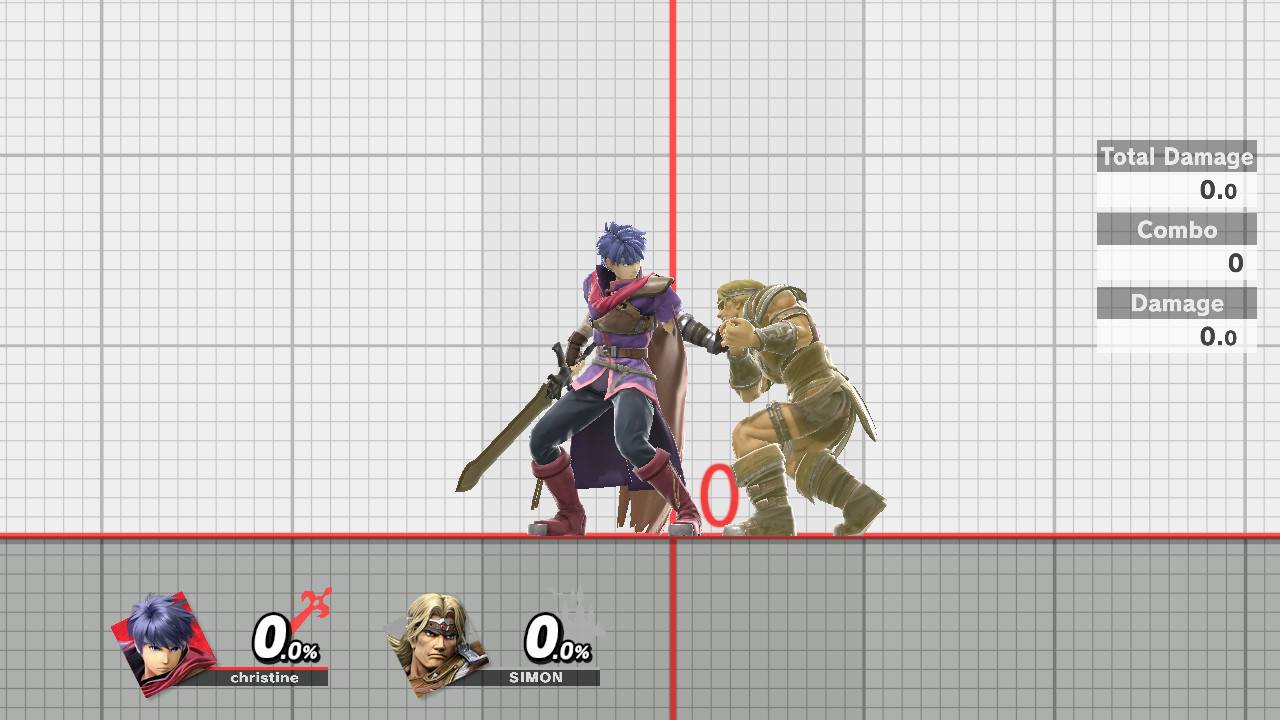
If you just unlocked a new character, or want to try out a fighter you don't normally play, then just jump into Training.
In Training, you can set the number of CPU opponents and their skill level, and have them attack you if you want to try shielding, dodging, or countering. Otherwise, you can just use them as target practice to hone your skills and become familiar with the moveset of your fighter. There's also a damage, combo, and total damage counter on the screen, so you can see just how much damage a fighter is capable of.
Mob Smash
Mob Smash has three ways you can play: Century Smash, All-Star Smash, or Cruel Smash.
Century Smash is where you face off against 100 enemies, and see how fast you can complete it. All-Star Smash is where you face off against all fighters in the game. The goal here is to see how many you can defeat before you fall. Cruel Smash is similar to Century Smash (since you're fighting Mii fighters), but their CPU level appears to be maxed out and they are super hard to take down.
Adventure Mode
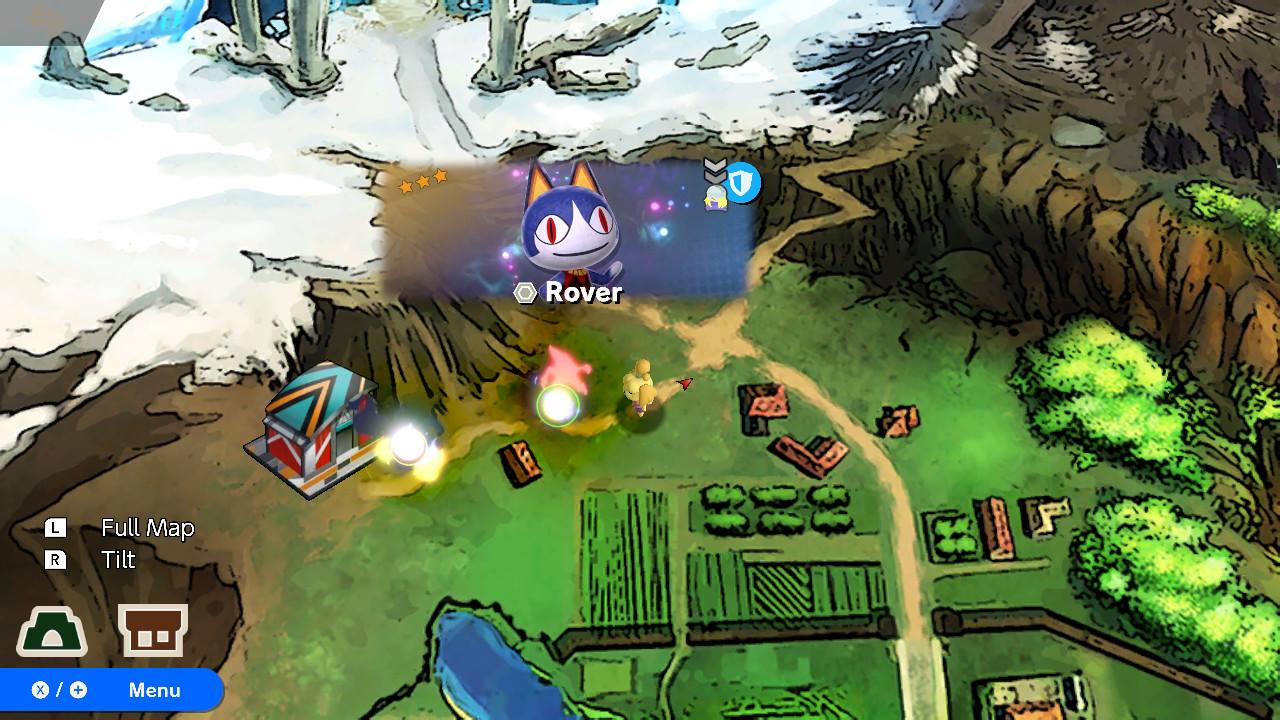
Adventure Mode, also known as World of Light, is the game's story mode. You start out with only Kirby, as he's the only one who managed to get away from Galeem's destructive light beams in the cinematic. You'll explore a huge map and fight spirits of characters from Nintendo's rich history of games. The spirits have taken over the bodies of other fighters, thus enhancing them for the most part. You'll find the opponents in World of Light are harder than battles from other game modes.
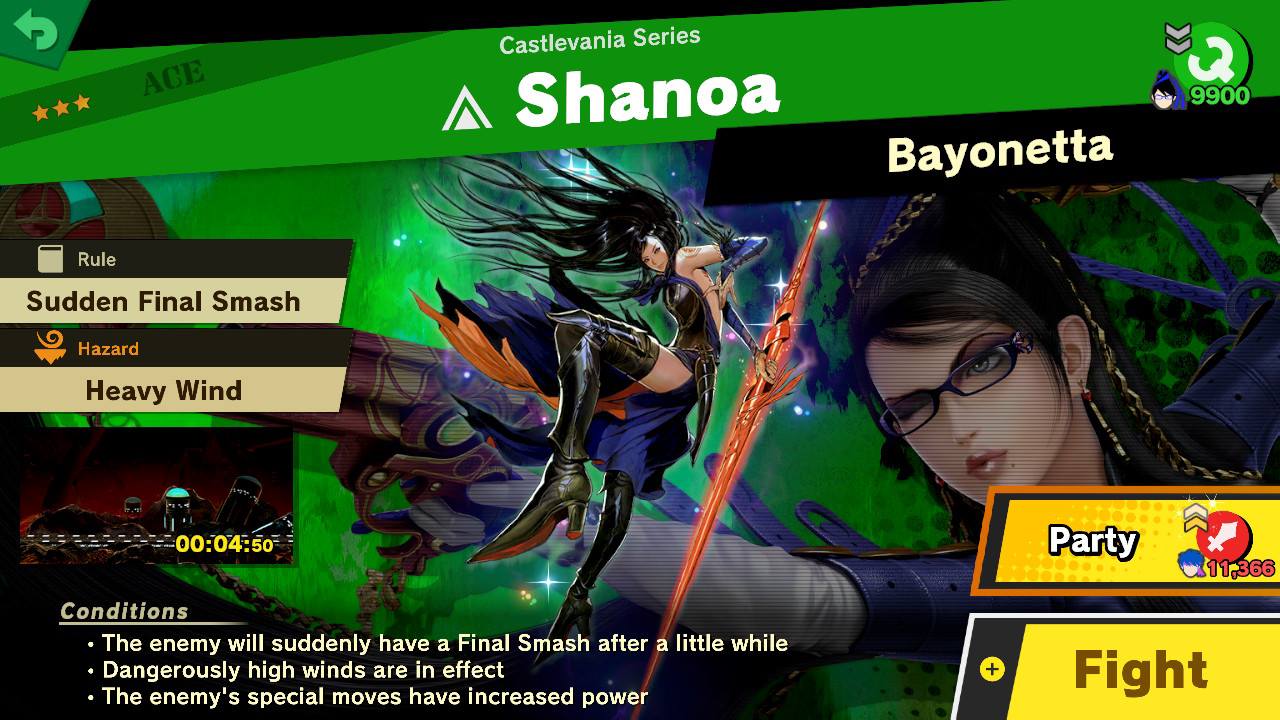
As you defeat Spirits, they'll get added to your collection. You can build your own Spirit teams of Primary and Support Spirits to enhance your power and abilities to take on tougher foes. The Primary Spirits also work like rock-paper-scissors, where Sword beats Grab, Grab beats Shield, and Shield beats Sword. There are also neutral Spirits that don't have a particular alignment.
Again, you only start out with Kirby, but as you progress through the World of Light, you'll find the other possessed fighters. You'll need to beat them in battle to awaken them and have them join your side.
Adventure Mode is a huge timesink and will keep you busy for hours. They have claimed that it will take over 20 hours to complete this mode, and boy, things are super tough in here!
Spirit Board
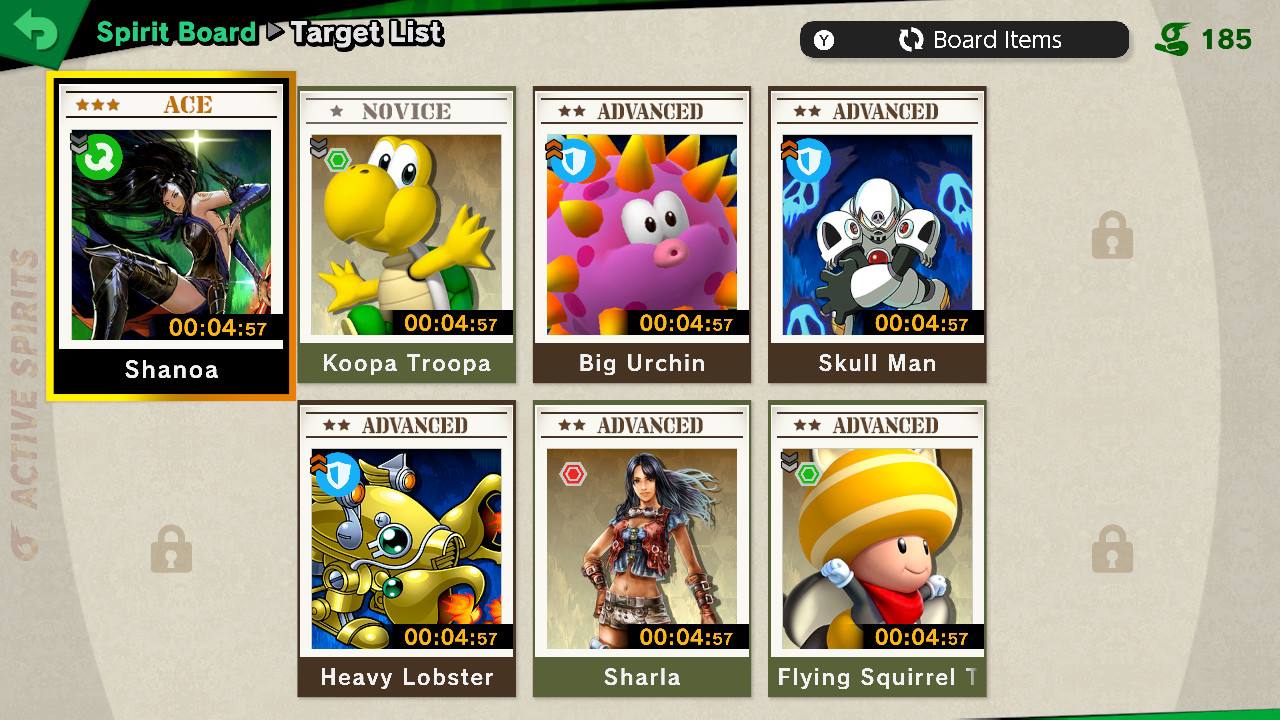
Spirit Board is separate from Adventure Mode, but it's a good opportunity to get powerful spirits. You'll find a handful of Spirit cards available, and if you want that particular Spirit, you'll need to defeat the fighter that it's possessing. You can use your Spirit Teams here, outside World of Light, and with any character that you've unlocked outside of World of Light.
When you defeat the Spirit-possessed fighter, you'll have the opportunity to earn the Spirit by playing a mini-game. Shoot the fighter through the orbiting shield, and then it's all yours. But it's harder than it looks!
What is your favorite way to Smash?
These are all of the game modes in Super Smash Bros. Ultimate, and they definitely give us a lot of variety! My personal favorite is to just participate in normal Smash battles, but I'm liking World of Light too, though it is tough-as-nails at times.
What are your favorite game modes in the game? Let us know in the comments!

Christine Romero-Chan was formerly a Senior Editor for iMore. She has been writing about technology, specifically Apple, for over a decade at a variety of websites. She is currently part of the Digital Trends team, and has been using Apple’s smartphone since the original iPhone back in 2007. While her main speciality is the iPhone, she also covers Apple Watch, iPad, and Mac when needed.
When she isn’t writing about Apple, Christine can often be found at Disneyland in Anaheim, California, as she is a passholder and obsessed with all things Disney, especially Star Wars. Christine also enjoys coffee, food, photography, mechanical keyboards, and spending as much time with her new daughter as possible.
